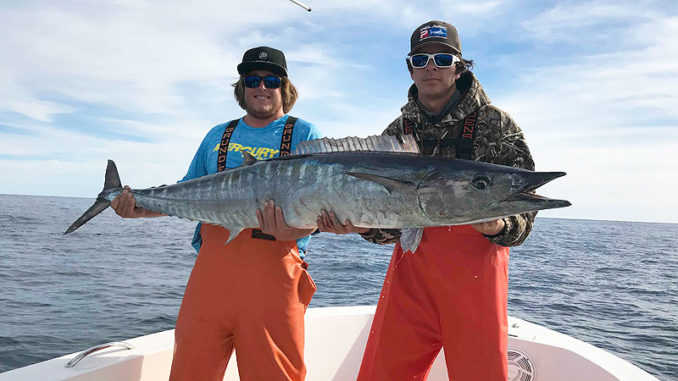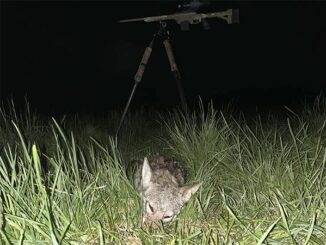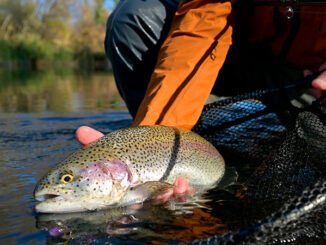
Boats out of Little River have great winter fishing to north, south
It may be chilly, the coldest month around these parts, but there is always something to chase along the coast. In February, it’s hard to beat the offshore wahoo action out of South Carolina’s Little River Inlet.
The cold weather chills down ocean waters to their annual lows. The icy waters join the warm Gulf Stream current and draw plenty of attention from predators. It’s a virtual dinner table for schools of toothy wahoo with big appetites.
Tripp Hooks of Captain Hook Outdoors routinely runs trips to the Gulf Stream throughout the year. Even though he catches them year-round, he prefers the winter for wahoo.
“Over the past few years, the better wahoo bite has been in the late fall through winter,” said Hooks (910-540-7332). “The Gulf Stream creates a perfect temperature break this time of year, and that is the key to finding wahoo. The spot doesn’t matter as much as the water temperature.”
Hooks will fish between 65 and 80 miles offshore out of Little River Inlet at the North Carolina-South Carolina border, heading a northerly or southerly direction depending on his latest sea surface temperature report.
Water temperature, tight breaks are important factors this time of year
“We get a recent (report) before we head out to see if we need to head towards the Winyah Scarp to the south or the Blackjack to the north,” said Hooks, who looks for water temperatures above 73 degrees — and the tighter the temperature break the better. The temperature breaks stack up baitfish, and wahoo and other predator fish will be right on top of them.
Hooks trolls rigged ballyhoo with different colored skirts on both flat lines and deep lines. And the deep-running lines are critical to his spread and success.
“The key is the two planers lines we have mixed in our eight-rod set up,” he said. “The planer lines are almost always the winners. A lot of people use trolling weights, but they don’t get as deep as our heavy duty planers. We use a No. 24 on one side and a No. 32 on the other that gets our bait down to 25 to 30 feet with 100 feet of leader out,” he said.
Color makes a difference on different days, according to Hooks, who prefers dark combinations including red/black, purple/black, green/black and any other combination with black.
While the wahoo grounds may not necessarily be within sight of land, the trek may be well worth the price of admission when an 80-pound brute takes off for the horizon.
__________
Click here to read about Walker Baldwin’s 108-pound wahoo he caught in 2017 out of Masonboro Inlet.




